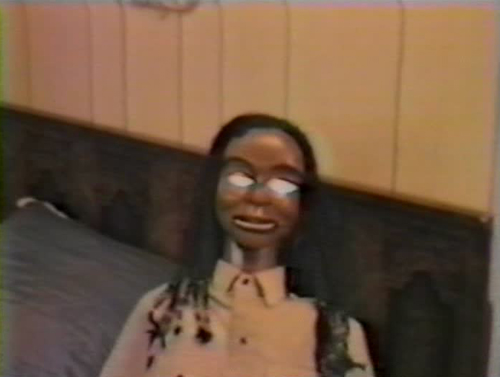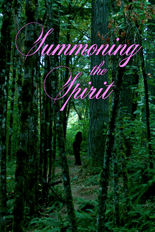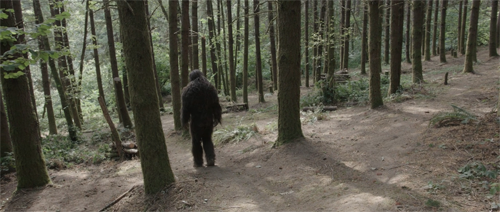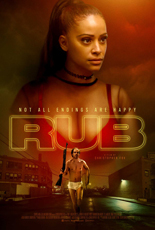To consider Vincent A. Albarano’s look at SOV horror movies, Aesthetic Deviations: A Critical View of American Shot-on-Video Horror, 1984-1994, knowing what it’s not is the best starting point. As he makes clear from the outset, the paperback is neither a review guide nor a work of reference; by no means is it complete, restricted to a 10-year period.
The book’s subtitle wasn’t assembled for SEO purposes; Albarano has written a work of true scholarship, conceived as a thesis, which accounts for the use of words like “pugnacity,” “egalitarian” and “simulacrum.” It just so happens to study, in part, a horny ventriloquist’s dummy that looks like Rick James. (If your reluctance needs further calming, remember this one unassailable fact: Guys, it’s published by Headpress, K?)
After a brief history lesson on SOV’s start with such slashers as Blood Cult and Sledgehammer, Albarano combs through an overlooked, often spurned subgenre of “cinematic undesirables” in which “subtext is removed from the equation,” he writes. “They stick with the viewer despite their every wrong move. As a fan of these films, I’ve been puzzled by their very existence as much as I’m transfixed by their unique operations.”
Works from such backyard-and-basement moguls as Charles Pinion, J.R. Bookwalter, Carl J. Sukenick, Todd Cook and occasional punching bag Todd Sheets are examined. Other than the sheer range of titles covered, from the obvious to the unexpected, what I like most about Aesthetic Deviations is the author’s honesty; while he’s a fan of SOV, that doesn’t translate to slavish hyperbole. Instead, he’s unafraid to highlight both the uniqueness and misogyny of Chester N. Turner’s Black Devil Doll From Hell, praise the bravery of the Polonia Brothers’ Splatter Farm as he questions its anal-trauma fixation, or call out Gary P. Cohen’s Video Violence for reveling in the very thing it purports to vilify.
Although I didn’t realize until a footnote mentioned it, I’d read earlier drafts of two chapters in 2020, through Albarano’s one-shot zine on the topic, When Renting Is Not Enough (worth tracking down if you’d rather dip your toe before taking the full plunge). I’ll admit being skeptical of such a serious look at movies that “gain points,” per Stephen Thrower, “for being truly incoherent.” Yet like that lone issue of Albarano’s zine, the book that’s grown out of it is intelligent, thorough and, if you’ll grant it patience to make its case, accessible. —Rod Lott





 Maternal instinct proves fertile ground for horror in Laura Moss’
Maternal instinct proves fertile ground for horror in Laura Moss’ 



 Seeking human connection, the balding, bullied Neal finds it in the hands of Perla, a sex worker. She plies her trade at the kind of massage parlor one speaks of with air quotes.
Seeking human connection, the balding, bullied Neal finds it in the hands of Perla, a sex worker. She plies her trade at the kind of massage parlor one speaks of with air quotes. 

